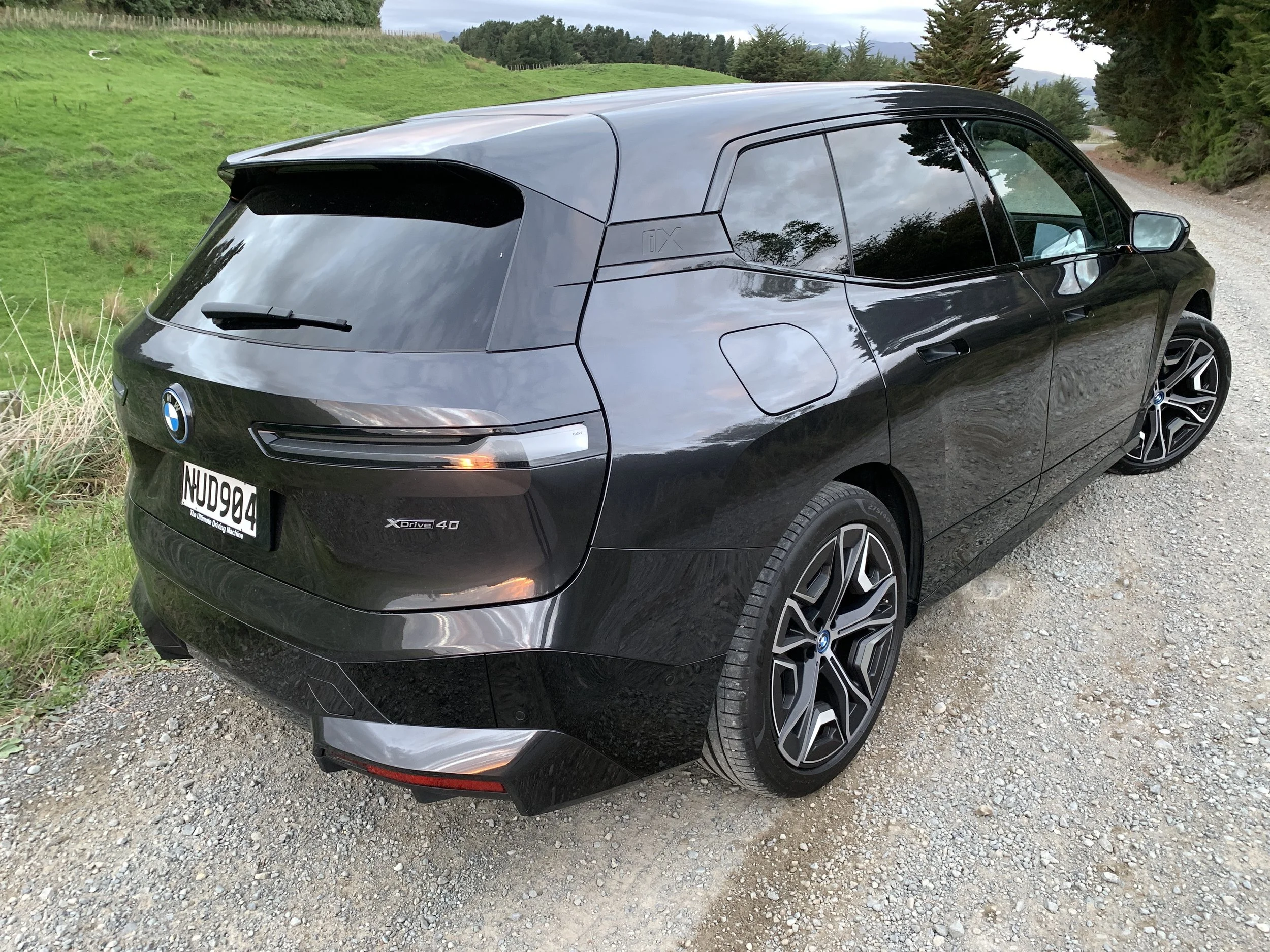Electric BMWs on patrol, in Beehive fleet next?
/Base i4s are being trialled for patrol use but is BMW also in line for a bigger catch?
POLICE have beaten politicians to choosing BMW electrics for their duties.
While chance of the new BMW 7-Series in battery pure i7 and plug-in hybrid 730e form becoming Government’s next choice of VIP car remains uncertain, NZ Police have taken the plunge into full electric, by trialling a smaller sister sedan, the i4, as a potential crim chaser.
Police have bought five examples of the base $109,900 model to pitch into operational duty for the next six months.
They say an initial assessment has determined this derivative, which runs a 250kW/430Nm single motor drivetrain fed by an 84kWh battery lending up to 590 kilometres’ range (under WLTP assessment), has already successfully met most performance requirements and is also within budget.
This trial is part of a wider fleet electrification project, introducing 45 electric vehicles into the New Zealand Police Fleet and the associated charging infrastructure. The cost of $1.7 million comes from the State Sector Decarbonisation Fund, with collaboration with EECA.
Police trialled some electric cars, including the Tesla Model 3 sedan that is similar in size and capability to the i4, several years ago during an evaluation for a frontline patrol car, which concluded with an order of more than 1000 examples of the Skoda Superb petrol wagon. The i4 was not in production when that exercise took place.
Today’s Police announcement comes just over two months after BMW NZ appeared to land itself in hot water for suggesting the i7 (above) - the biggest, most plush fully electric sedan out of Munich - was being considered as the primary choice as a future top-end Governmental car, to replace aging diesel equivalents.
That admission during a media event for the car triggered a Beehive blow-up which continues still with bureaucrats keeping mum in response to questions more recently placed as Official Information requests.
Ironically, across the ditch, Australia’s choice for the same role has been announced and celebrated.
Their pick has the same technology as the i7, but wrapped in a sports utility wagon packaging.
Our neighbour has gone for the BMW iX as the Federal Government's nation-wide chauffeur service for parliamentarians, VIPs, and senior public servants.
Like us, the Aussies have already established brand loyalty to Munich. However, again, Canberra’s choice has been different to ours.
New Zealand has run successive fleets of diesel 7-Series - the current fleet being the third wave - which were bought outright to replace petrol Fords that were far costlier to run.
Canberra, on the other hand, has until now has had BMW 6-Series GT sedan, now at the end of a three-year lease, since it ceased operating Holden’s now defunct Caprice.
The NZ Government’s interest in the i7, which is now available for sale here, and a PHEV 7-Series coming in circulation in August, was related at a conference on March 27.
Admission from Adam Shaver, BMW Group New Zealand managing director about loan cars being set for trial caused consternation. Within 48 hours of the story publishing in a national newspaper, BMW was in damage control, with the regional office in Australia involving.
The Crown car fleet is operated by the Ministry of Internal Affairs, under the auspices of the Ministerial Services’ department.
Questions about retiring the diesel Sevens for electric were put as an OIA request. MIA declined to answer many, for several reasons, one being that saying anything might be prejudicial to commercial negotiations.
The Ministry did confirm that the current fleet comprises 20 2016 year BMW 7-Series with an average mileage of 127,238 kilometres and also indicated that there is a plan to modernise and diversify the Crown fleet.
It also confirmed that a trial of a previous generation PHEV 7-Series had failed to impress.
“The Department conducted a trial of the BMW 740Le xDrive Plug-in Hybrid Electric Vehicle to evaluate the operational effectiveness of plug-in hybrid electric vehicles against the BMW 7 Series (G12) diesel vehicles that were in use at the time. The BMW 740Le xDrive plug-in hybrid electric vehicle was not incorporated into fleet following the trial.”
Going electric is a mandate, nonetheless. As of 2021 60 percent of 73 vehicles in the ministerial Crown fleet were classed as EVs - up from 29 percent in 2019.
If NZ does go for the new Sevens, it will be spending in a higher price range than the neighbour.
In showroom form, the i7 and PHEV 7-Series (above) have respective stickers of $276,900 and $229,900. Australia’s iX order is mainly for the iX40 xDrive, which costs $168,000 here, plus a small count of xDrive50 variants, cost from $172,100 here.
The iX is dual motor, but the two variants differ in power, battery size and range. The iX40 (above) has a combined 240kW and powered by a 77kWh battery with a claimed range of up to 420km. The iX50 runs a 112kWh battery pack, has 385kW and a claimed driving range of 630km.
The i7 can accomplish more than 600 kilometres on a charge while the 750e, which marries a 3.0-litre petrol to an electric drivetrain, provisions up to 89km electric-only operability.
Australia’s determination to go with the iX wrapped up a two-year trial to determine the viability of switching from vehicles powered by petrol and diesel to electric and plug-in hybrid vehicles. other cited candidates were the Tesla Model 3 and Model Y, Hyundai Ioniq 5, BMW iX3, Polestar 2, Genesis GV60 and GV70 and Kia EV6.
Factors considered included battery consumption, charging capability, vehicle handling, manoeuvrability and performance in a variety of traffic conditions, driver and passenger comfort, ease of access for passengers and luggage space.
The iX was identified as the only vehicle that proved suitable for all aspects of operations.
Initial deliveries are expected to begin this month, with around 12 months for the implementation of the new fleet.




















